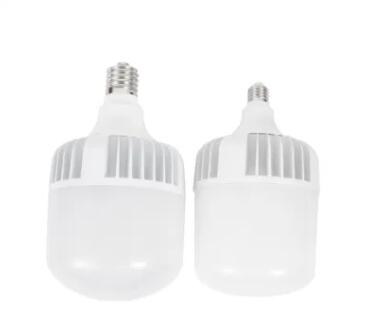Illuminating Efficiency: A Comparative Analysis of LED Bulbs and Other Lighting Technologies
2023-11-28
Introduction:
In the ever-evolving landscape of lighting technologies, energy efficiency has become a focal point, driving the shift towards sustainable and cost-effective solutions. LED (Light Emitting Diode) bulbs have emerged as a frontrunner in this realm, revolutionizing the way we illuminate our homes and spaces. In this blog, we will explore how the energy efficiency of LED bulbs compares to other lighting technologies, shedding light on the key factors that make LEDs a beacon of efficiency in the world of illumination.
1. Understanding Energy Efficiency:
- Energy efficiency in lighting refers to the ability of a lighting source to convert electrical energy into visible light while minimizing wasted energy in the form of heat.
2. Traditional Incandescent Bulbs:
- Incandescent bulbs, once the standard in households, are notorious for their inefficiency. They produce light by heating a wire filament until it glows, a process that generates a significant amount of heat energy.
3. Compact Fluorescent Lamps (CFLs):
- CFLs are an improvement over incandescent bulbs in terms of energy efficiency. However, they still lose a considerable amount of energy as heat, and their mercury content poses environmental concerns.
4. Halogen Bulbs:
- Halogen bulbs are a type of incandescent bulb with a halogen gas filling. While more energy-efficient than traditional incandescents, they are less efficient than LEDs.
5. LED Bulbs:
- LEDs are semiconductor devices that emit light when an electrical current passes through them. They operate on a fundamentally different principle, generating minimal heat compared to traditional technologies.
Comparative Analysis:
1. Lumens per Watt:
- LEDs typically produce more lumens (the measure of brightness) per watt than traditional bulbs. This means they provide more light for the same amount of energy.
2. Energy Consumption:
- LED bulbs consume significantly less energy than incandescent and halogen bulbs to produce the same amount of light. This translates to lower electricity bills and reduced environmental impact.
3. Heat Generation:
- Traditional bulbs, especially incandescents, waste a substantial portion of energy as heat. LEDs, on the other hand, are highly efficient, producing minimal heat and directing more energy towards visible light.
4. Longevity:
- LED bulbs have a much longer lifespan compared to incandescent and halogen bulbs. This not only reduces the frequency of replacements but also contributes to overall energy savings over time.
5. Instantaneous Illumination:
- LEDs achieve full brightness instantly upon being switched on, unlike CFLs that may take a moment to reach their maximum brightness. This instant illumination feature enhances energy efficiency in real-world usage.
Conclusion:
In the realm of lighting technologies, the energy efficiency of LED bulbs outshines traditional options. From producing more lumens per watt to minimizing heat generation and boasting an extended lifespan, LEDs have redefined the standards for efficient illumination. As we continue to prioritize sustainability and energy conservation, the widespread adoption of LED technology marks a significant stride towards a brighter, more energy-efficient future.



